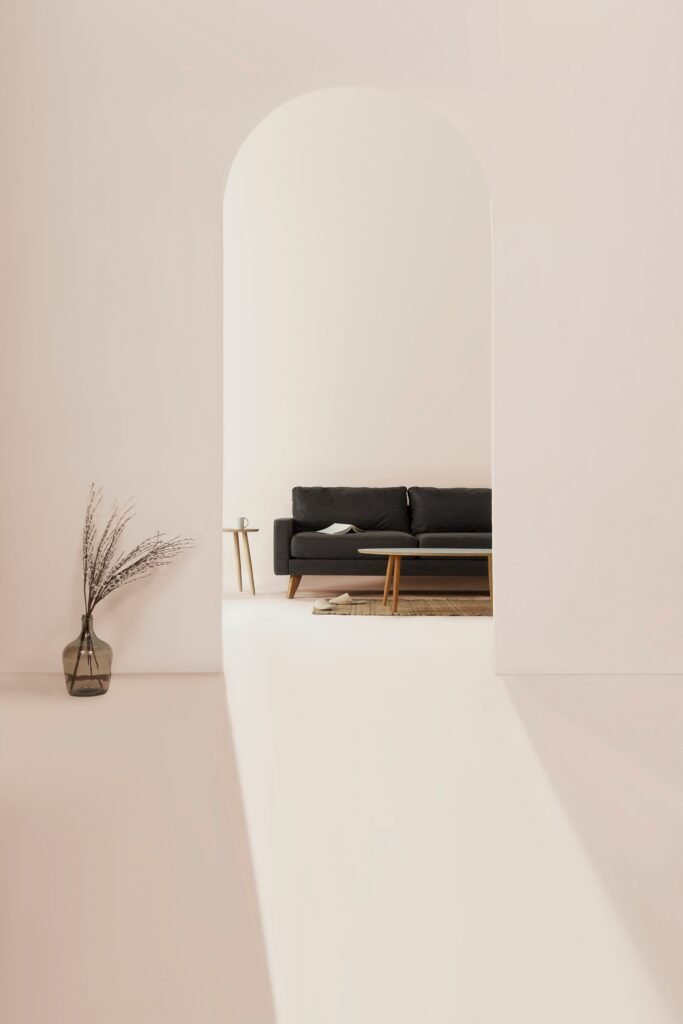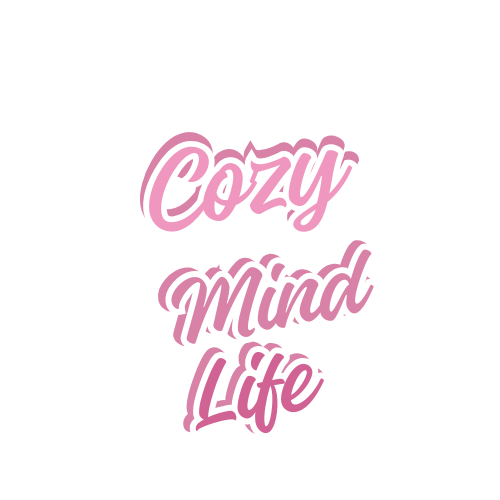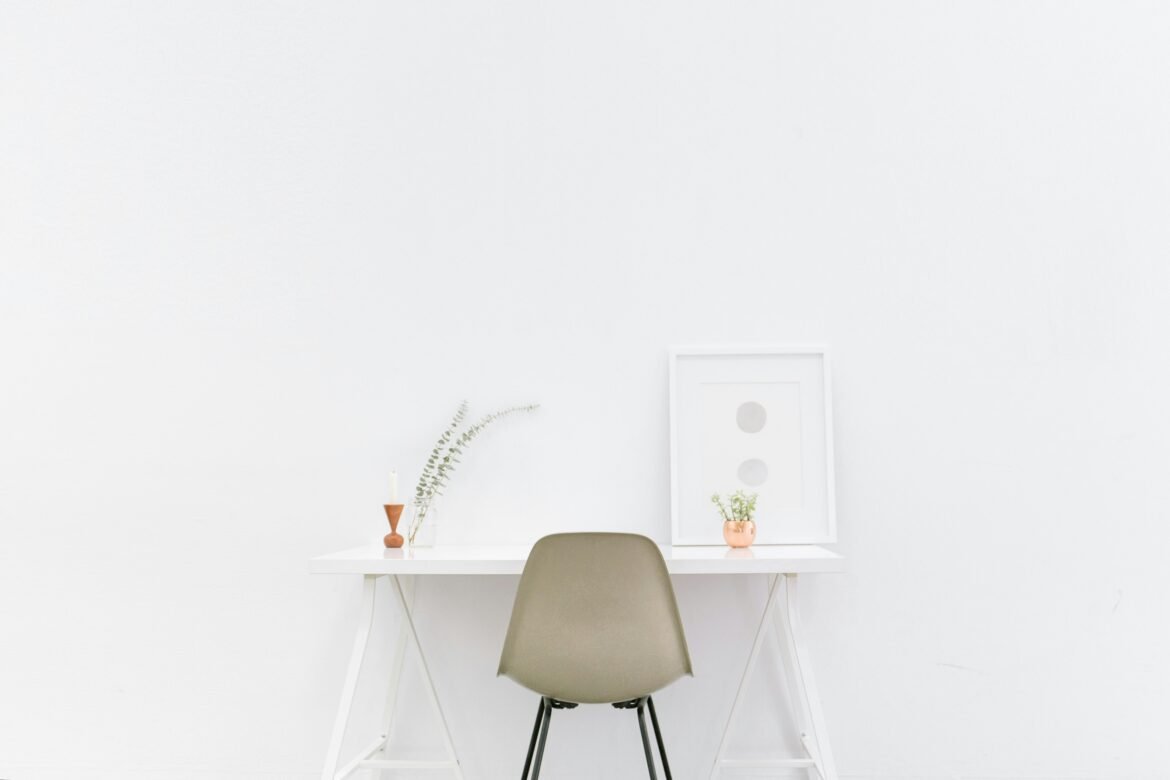Minimalism can sound a little intimidating. For a while, I thought it meant living with white walls, no furniture, and owning just two pairs of socks. But then I started to understand what minimalism really is: intentional living. It’s about clearing the clutter — physical, mental, and emotional — so you can focus on what actually matters to you.
You don’t have to throw everything out or become a full-time minimalist overnight. You can try it your way, step by step.
Here’s how I started — and how you can ease into minimalism without the pressure.
1. Start With One Small Area
Don’t tackle your entire house in one weekend. Start small. A drawer. A shelf. Your purse. Something that takes 10–15 minutes.
When I started, I cleaned out the catch-all drawer in my kitchen. You know, the one with pens that don’t work and expired coupons? Just clearing that one space felt like a little breath of fresh air.
2. Focus on What You Use, Not Just What You Own
When deciding what to keep, I don’t ask, “Should I get rid of this?” Instead, I ask, “Do I actually use this?” or “Does this add something to my life?”
If I haven’t used it in months (and it’s not seasonal), chances are I don’t really need it.
3. Let Go of the “Just in Case” Items
This was a hard one. I used to keep so many things because I might need them someday. But that day rarely comes.
If it’s something easily replaceable or rarely used, I’ve learned to let it go. And I’ve never missed any of it.
4. Do a Digital Declutter
Minimalism isn’t just about stuff. Your phone and laptop can be just as overwhelming. Try deleting apps you don’t use, clearing out your photo roll, and unsubscribing from emails that clutter your inbox.
It feels good to have a cleaner screen, too.

5. Be Honest With Your Wardrobe
I used to keep clothes that didn’t fit, things I felt guilty getting rid of, or pieces that didn’t feel like me anymore. When I finally let go of them, I realized I was left with a closet that actually made getting dressed easier.
You don’t have to get rid of everything. Just remove what doesn’t make you feel good.
6. Practice Saying No
Minimalism isn’t just about physical space — it’s also about time and energy. Saying yes to everything can lead to overwhelm.
Learning to say no (kindly) to plans, requests, or habits that drain me has been a huge part of simplifying my life.
7. Make Space For What You Love
Minimalism isn’t about less for the sake of less. It’s about more of what matters. For me, that means:
- More time reading
- More calm mornings
- More space to breathe in my home
Figure out what matters to you — then make room for that.
8. Don’t Aim for Perfection
There’s no perfect version of minimalism. Your version might look completely different from someone else’s — and that’s the point.
You don’t need a capsule wardrobe or a spotless home. You just need to be honest about what’s adding value and what’s just taking up space.
9. Try a “Pause Before You Buy” Rule
Now when I see something I want to buy, I pause. I give it a day or two. Most of the time, I forget about it. If I don’t, and it still feels worth it, then I go back for it.
This simple habit has helped me spend less and buy more intentionally.
10. Notice How You Feel
After decluttering a drawer or saying no to an unnecessary commitment, take a second to notice how it feels.
Do you feel lighter? Clearer? More peaceful?
Those small wins are what minimalism is really about — feeling better, not just having less.

